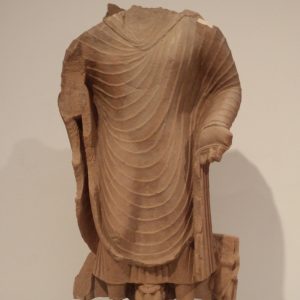The changing styles of religious symbolism in art and architecture from the Indian Subcontinent and its peoples are evident throughout the centuries, which can date back to the third millennium B.C. These varying sculptures intend to illustrate the basic purpose of Indian art.
The art forms serve not so much as a habitation for the Gods, but elicit a metaphysical state of mind in the worshipper. The Jain, Hindu, and Buddhist traditions produced tangentially great individual works of art, and the objective was to capture the essence and power of the deity, enabling the worshipper to become one with it.
Shiva, Buddha, and other representations of the divine are highlighted, and this exhibit that encompasses rare terracotta sculptures excavated from Chandraketugarh, near the mouth of the Ganges River in Bengal. Familiar heads of the Jain and Bodhisattva can be admired, as well as the profound manifestation of spiritual icons with Greek Hellenistic styles.
These works of art are inspired by the Shilpa Shastras, textbooks of Hindu craftsmanship – the MahÄbhÄrata and the RÄmÄyana, describe manual arts that formulate to reach beyond the human form and endow the image with the magical powers of symbolism.



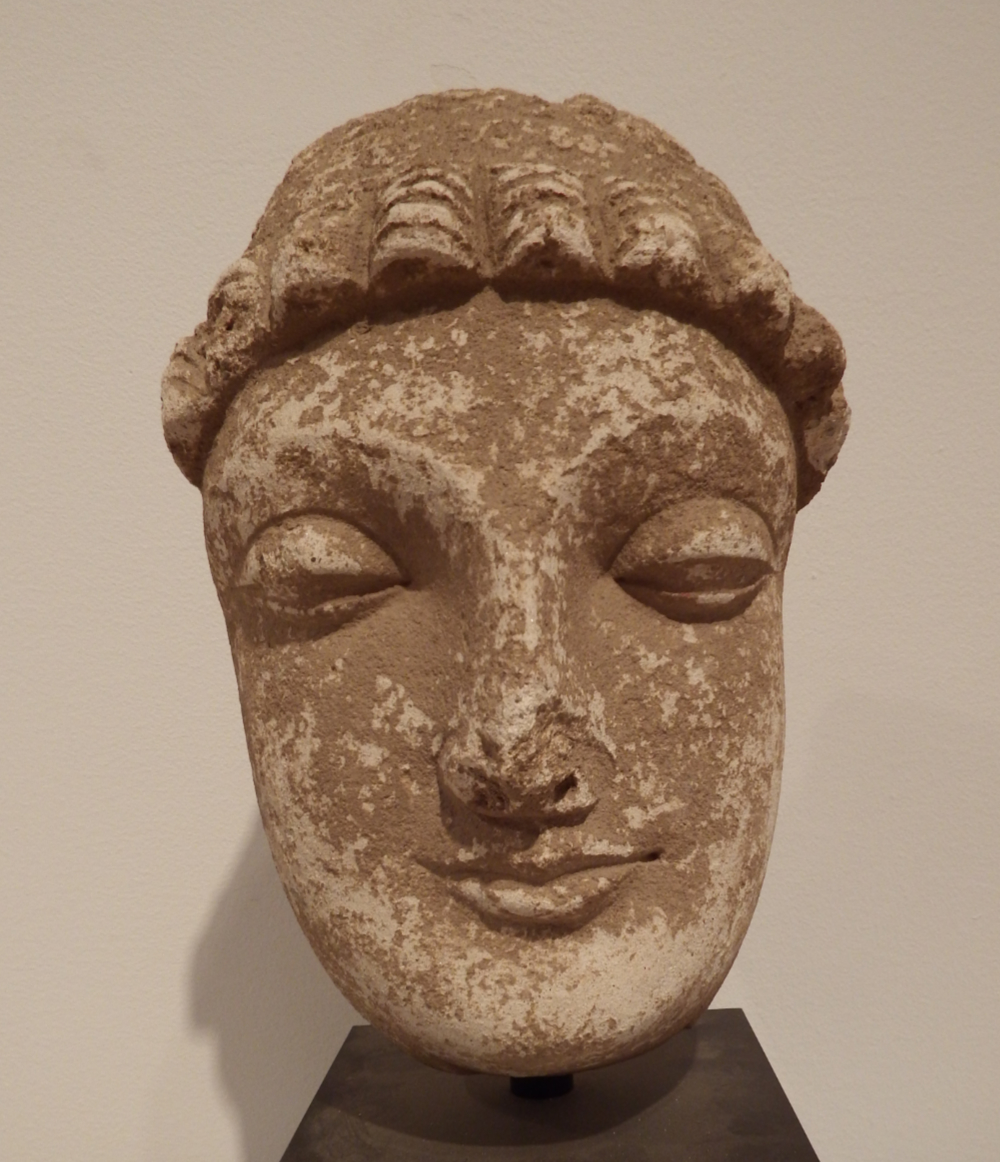




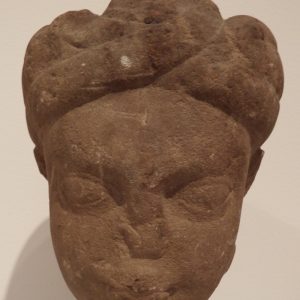

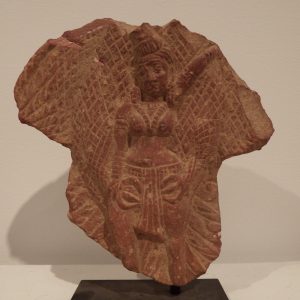
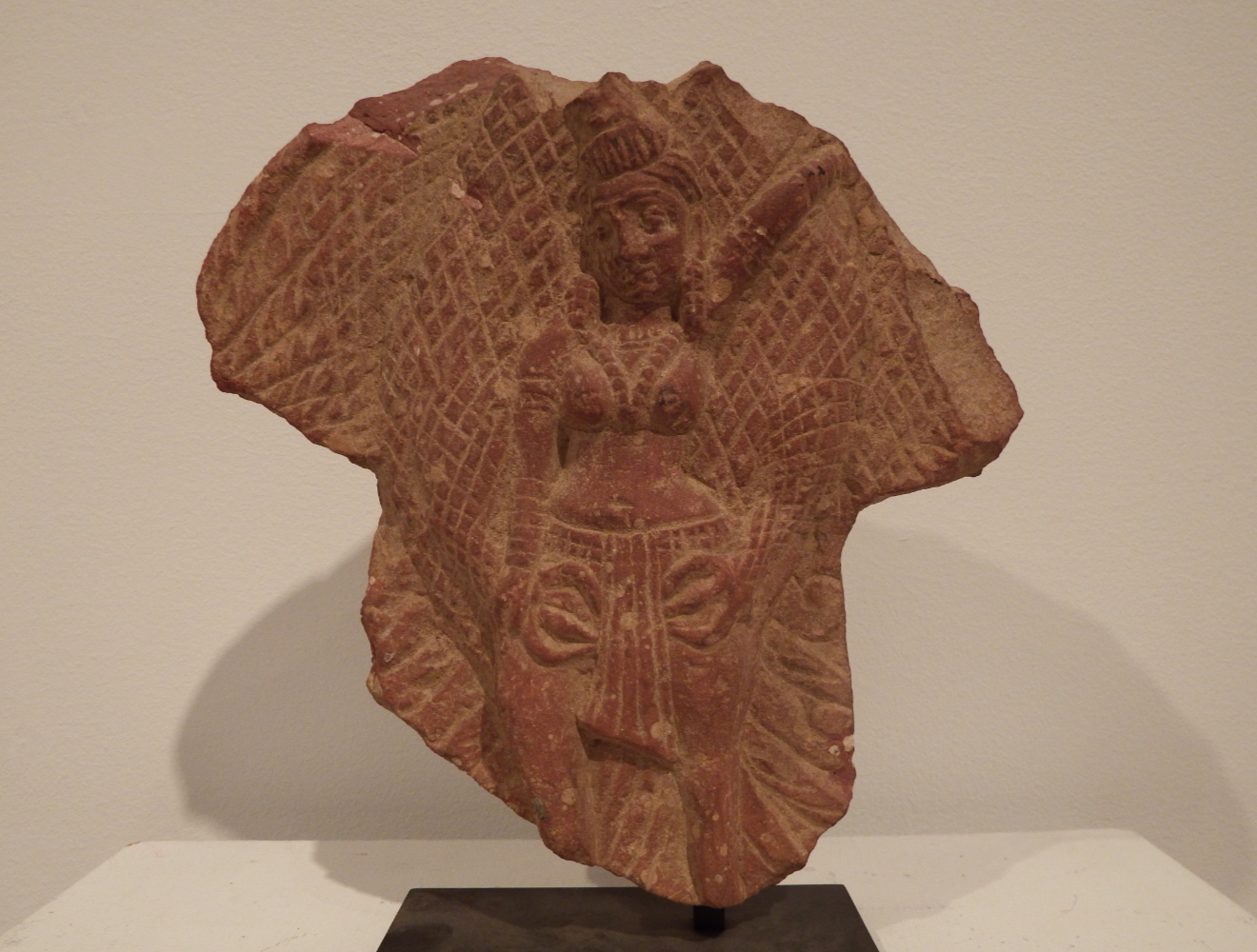



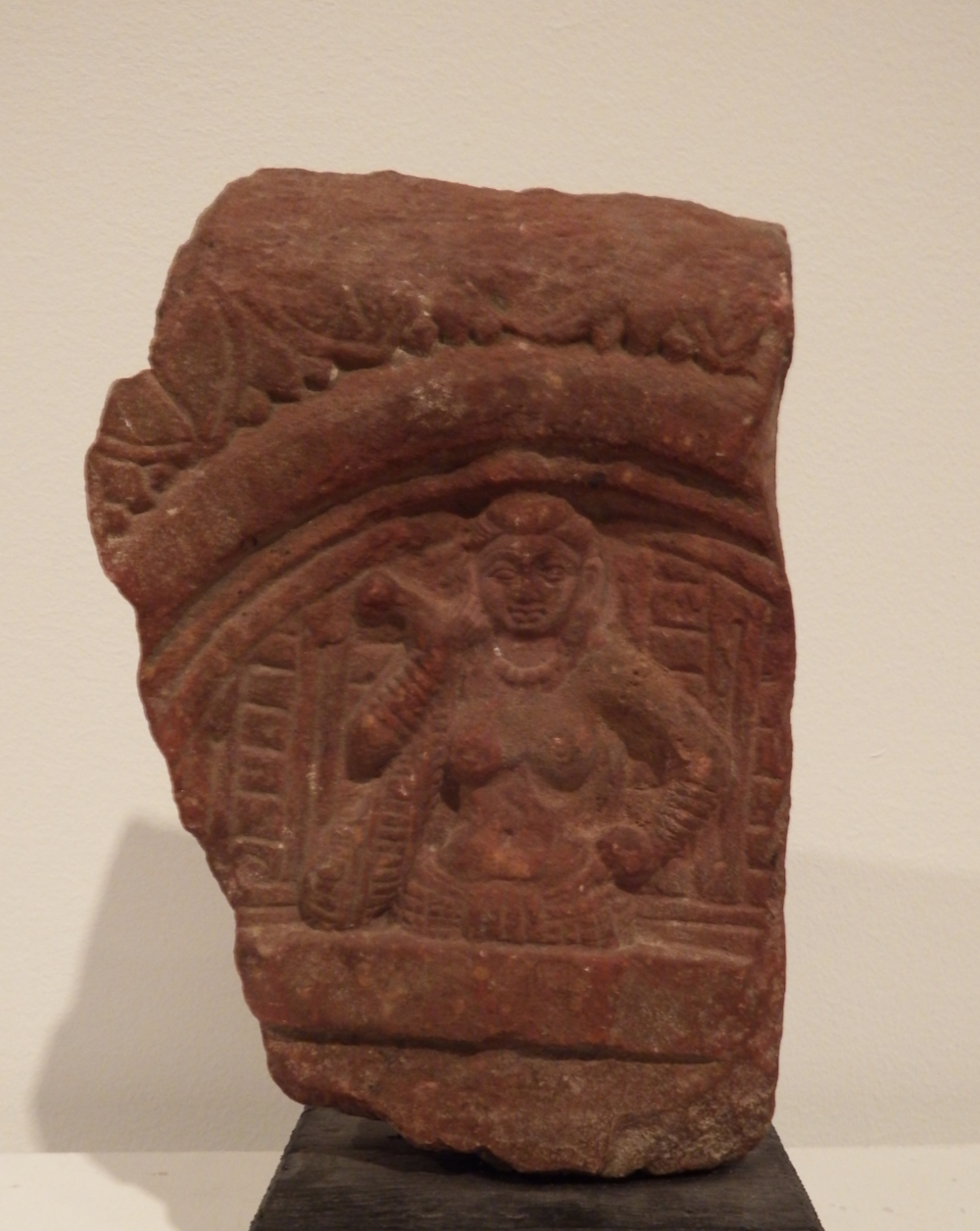
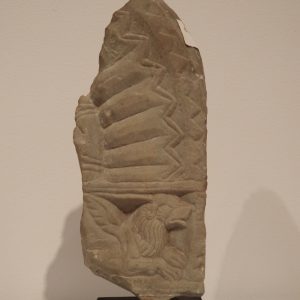

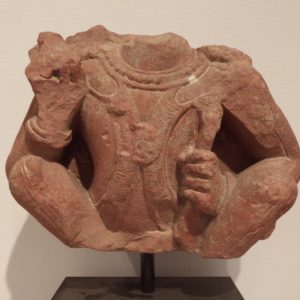

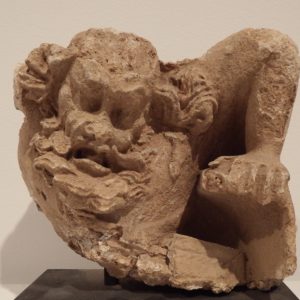
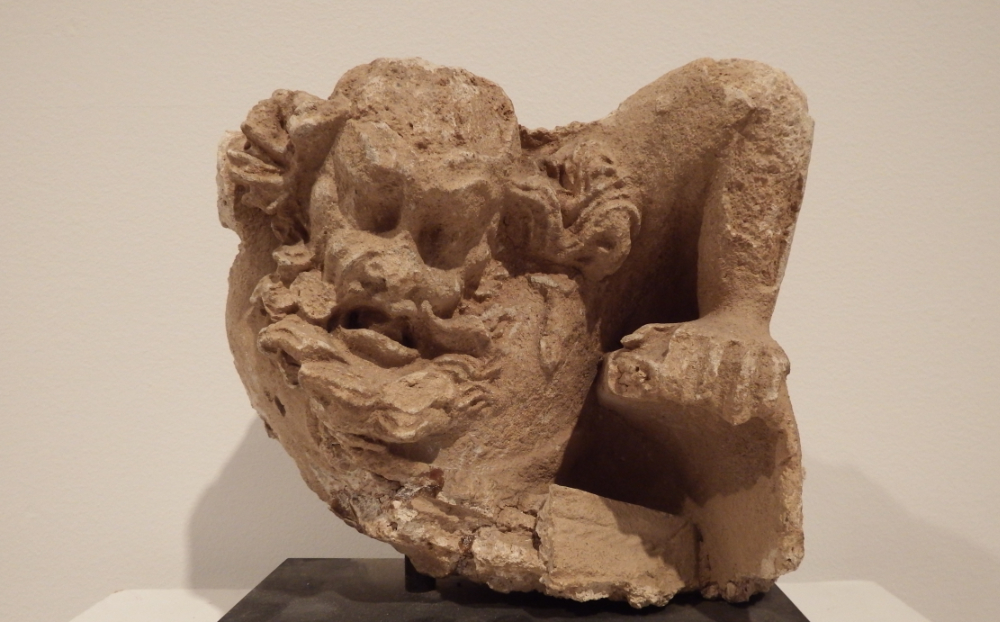




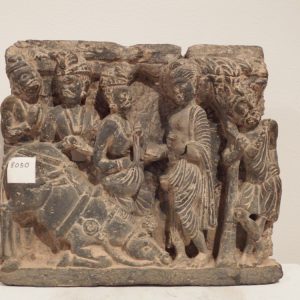



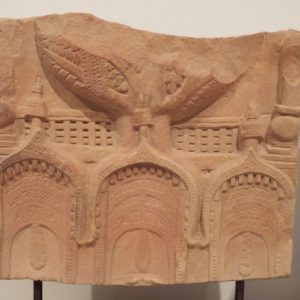

![thumbnail of Culture Medium Ye Insurance Value Photo Yaksha Figure [Najakanda --confirm this is a name of priest] from Southern India. medium: Sandstone. date: late 3rd century early 4th century](https://artgallery.qcc.cuny.edu/wp-content/uploads/2021/07/indiandiety016-300x300.jpg)
![thumbnail of Culture Medium Ye Insurance Value Photo Yaksha Figure [Najakanda --confirm this is a name of priest] from Southern India. medium: Sandstone. date: late 3rd century early 4th century](https://artgallery.qcc.cuny.edu/wp-content/uploads/2021/07/indiandiety016.jpg)
